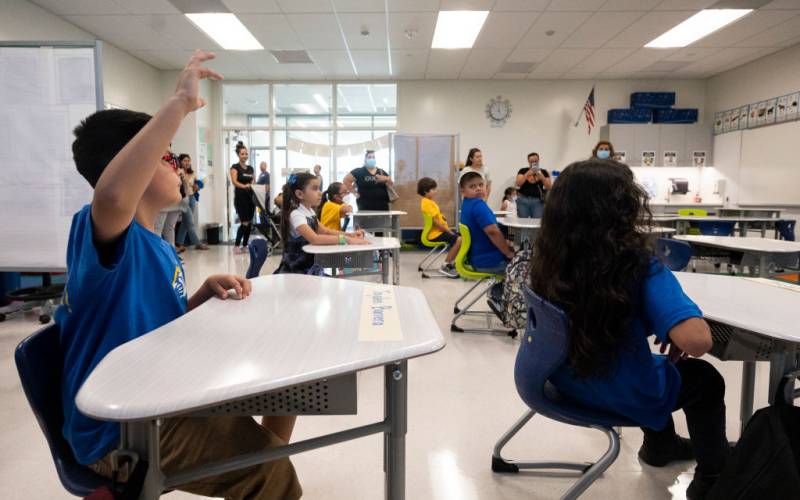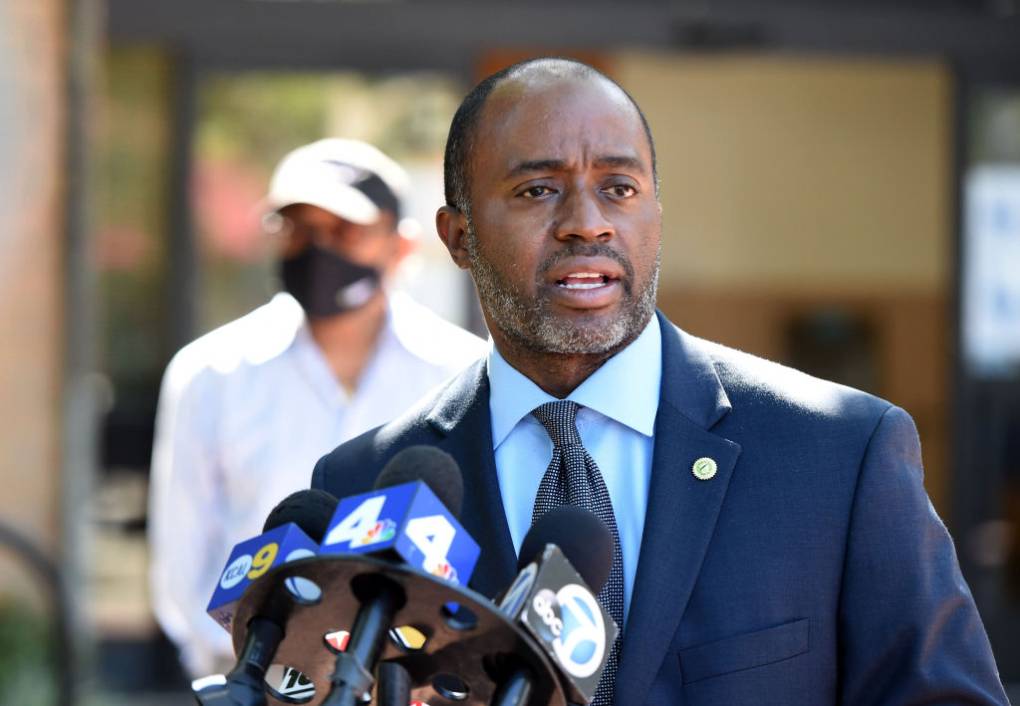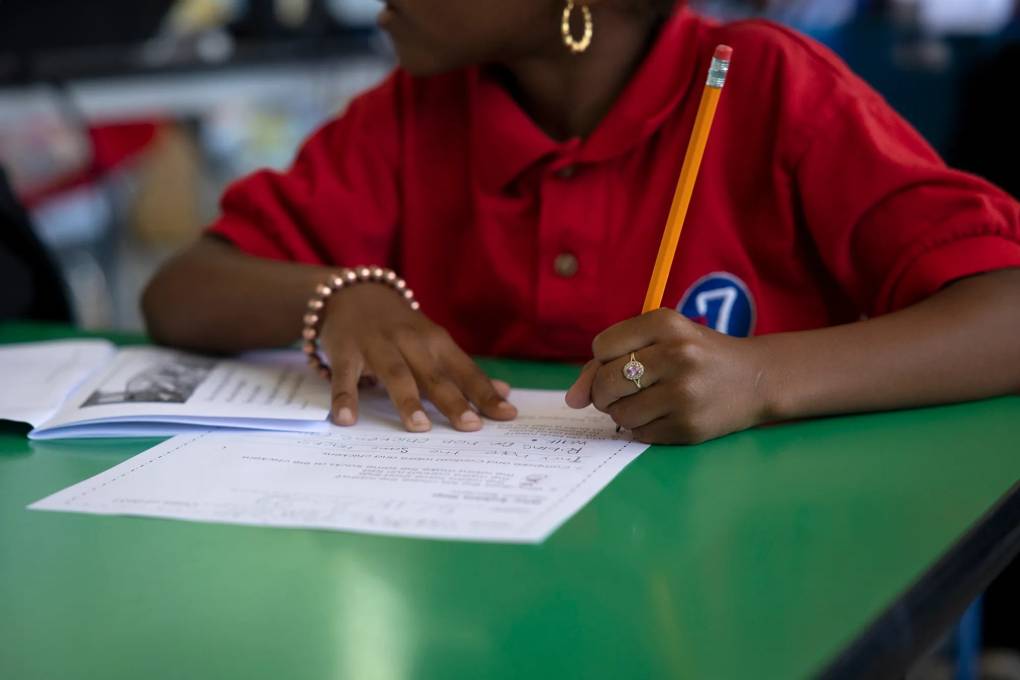Certainly, most experts agree the most urgent concern is that children from lower-income families will be most affected by pervasive disruptions in schooling.
“Young disadvantaged children are hit the hardest,” said Bruce Fuller, professor of education and public policy at the University of California at Berkeley. “The pressing worry is that it worsens disparities in children’s early learning.”
Some students may have just stopped going to school, Dee fears, suggesting a need for increased oversight of truancy as well as home-schooled children’s learning experiences.
“We worry about the children who miss out on high-quality early education learning experiences,” said Gennie Gorback, president of the California Kindergarten Association. “Even though many first grade teachers support learning through play and developmentally appropriate practices, they also expect children to enter their classroom with a baseline school experience, able to communicate with their peers and adhere to behavioral expectations.”
However, others note that a shift in thinking about public education may have taken place during the pandemic. In a time of crisis, some families lost faith in the ability of the schools to meet the needs of students.
“We should consider what breaking the social compact did for public education,” said Moore, of Kidango. “For a long time in California, most people were back to work while schools remained closed. Families were not only left in the lurch, they also had plenty of time to ask questions they likely never considered: Is my child happier at home? Is my child safe at school? Can I trust my school to educate and care for my child? Is school worthwhile?”
Certainly, closing the schools remains a hot-button issue for many families. Some say it triggered part of the enrollment decline.
“This is yet another tragic consequence of our statewide and local leaders’ inaction when it came to getting kids back into their classrooms quickly during the pandemic,” said Megan Bacigalupi, co-founder of CA Parent Power, a statewide parent advocacy organization. “Far too many kids, especially high school-age students, just stopped going to class altogether and, clearly, some never came back. When we gave students an hour on Zoom a day, that was showing them that school was not important. What kind of message did that send to them?”
The turbulence wrought by the pandemic may be leading the education world toward a watershed moment, some say, a time to rebuild the critical connection between families and schools.
“My hope is this disruption will lead us to ask bigger questions about our public education system, which is still largely based on a model developed hundreds of years ago,” said Moore. “Public education needs to look in the mirror — not at parents — when it ponders why children left.”



